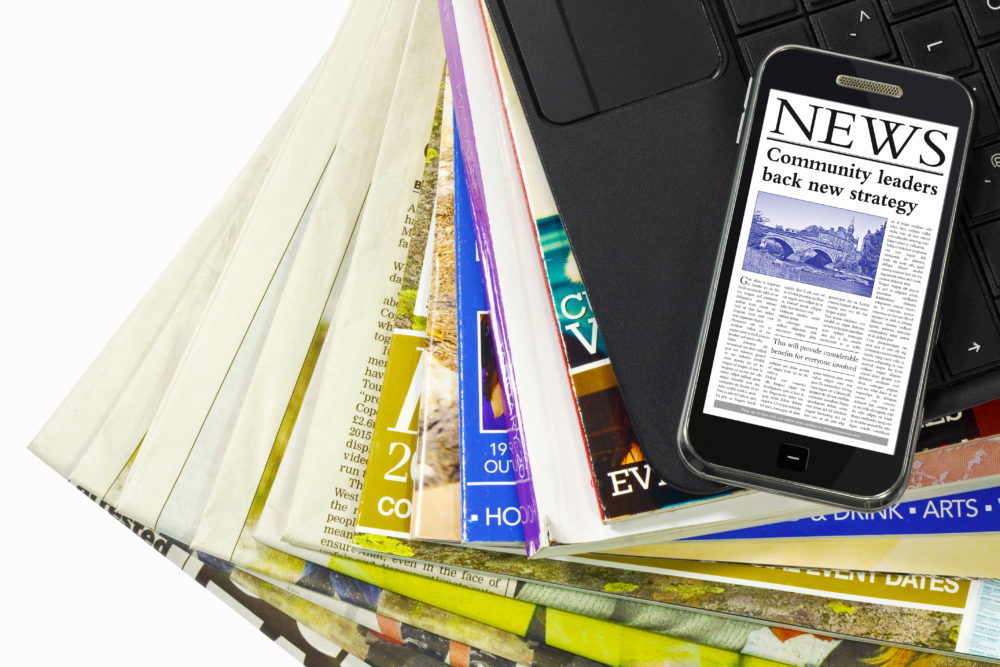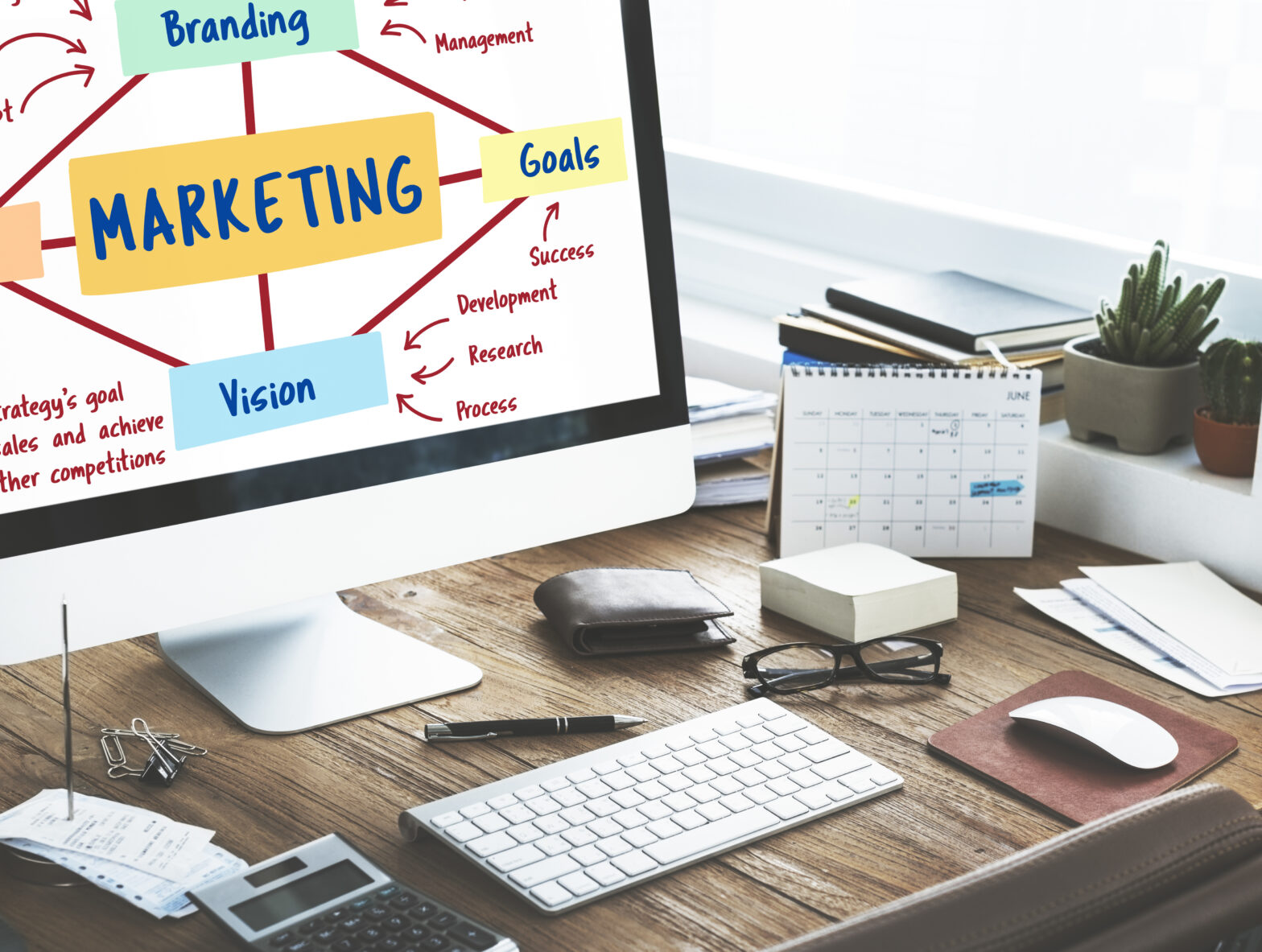Your press pack, or media kit, is essential in getting your small business noticed.
Without it, you could miss out on some brilliant media opportunities which will lead to more and more opportunities for building your expert status and professional reputation.
Don’t wait until a media representative contacts you – instead, put your press pack together now so it’s immediately available when needed.
Journalists work to tight deadlines and the speed with which you respond to requests will often determine how much, and what type of, coverage your business receives.
What is a press pack/media kit?
It’s a compilation of information and evidence that gives journalists everything they’ll need to not only verify your expert status, but to use as support for their story.
What should I include in my press pack?
Here’s what I suggest you prepare before you submit your first press release.
Company profile document
This should be ideally one page but no more than two. Make sure that it’s formal in tone, factual, succinct and includes the following:
- Positioning statement (what makes your business unique from its competitors, and how it fits into the market)
- Mission statement (a short declaration that includes the purpose of the company, whom it serves, the problem it solves, the product or service it provides or any other element that is essential to its core message)
- Timeline (when it was founded along with other key dates like mergers, pivotal investment deals and awards received)
- Noteworthy facts (office location, warehouse size, customer base)
- Significant officers (names of CEO, COO, CFO and other C-suite staff)
- Notable executives’ names, including investors
Power biography
This should tell everyone that reads it who you are and why they should care. How do you differ from others doing the ‘same’ thing as you are?
- Include a low-resolution head shot (unlike your professional photographs) – it will load faster than a hi-res version. This will be for recognition/familiarity purposes only
- Include contact details for you or your media contact person
Professional photographs
It is imperative that the photographs included in your press pack are not only high-resolution, but of the highest quality too. These will make a big impression—and you want it to be a good one. Here’s what to include in the photograph section of your media kit:
- Headshots (head and shoulders, with an approachable expression and highly representative of your positioning statement). Non-verbal cues are huge in making first – and lasting – impressions. Ask others what messages they’re getting from your headshots as media personnel and your target audience will be getting them, too
- Photos of you speaking to your audience – this proves and boosts your expert status
- Photos of your products and/or services (your products on a white background as well as your products and/or services in action). Take care to represent your target customer in lifestyle and usage photos. Who is your ideal customer? Represent him or her
- Celebrity photos which are relevant to your pitch
- High-resolution logo
- Stock photos are appropriate in some cases – ensure that you either pay the royalties or that they are, indeed, royalty-free
Video
This is optional, but you may wish to include a 90-second-maximum video introducing yourself. Include no more than three key messages and keep it concise while demonstrating your uniqueness. It can also be a demo of your product, a presentation of your service being put to use or video of you presenting at a public speaking engagement.
If you’re uploading it to YouTube, be sure to include popular search terms – keywords – for your business in the title and tags.
Media page
This is generally included on your website and can be linked to in your press pack. It’s a compilation of all the contact details any journalist would need, with links to your social media channels and important web places (like influencer testimonials), as well as links to past press coverage. This can also double as proof of expertise for prospects visiting your website.
These should get you started with creating a press pack that will impress with its content as well as with its preparation. I cannot stress enough how important it is to have this ready to go when a journalist makes an enquiry. Remember that it’s not always about the best story; it’s often about timing and who responds most quickly.
Alison Shadrack is the founder of Adia PR.





